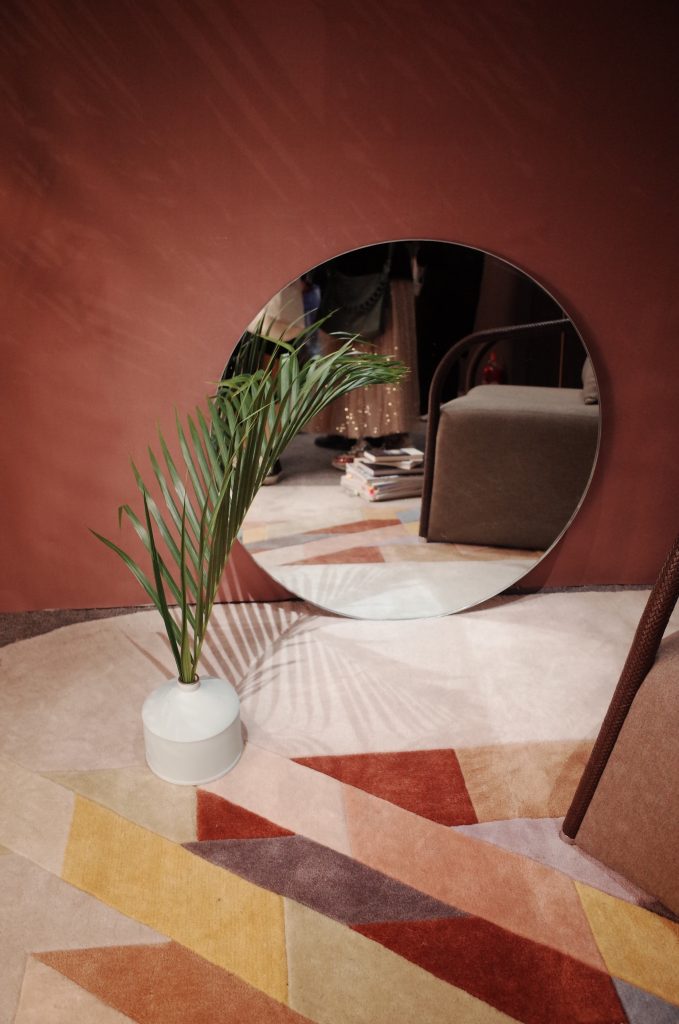Rooms that seem to emerge from a dream-like dimension, circular shapes, surreal perspectives: this is the metaphysical style. This current of design borrowed from the world of painting is an invitation to reflect on the concept of space and, why not, of time. The rooms seem almost suspended in an eternal dimension and the house acquires a decidedly unusual charm. Where does the metaphysical style get its inspiration? We need to take a step back to find out.
The influence of De Chirico
Metaphysical painting originated in the 20th century and identifies an artistic style that investigates the essence of reality, beyond appearances. The main exponent of metaphysical painting is Giorgio De Chirico, who painted masterpieces such as “Piazza d’Italia” (Italian Square) or “Le muse inquietanti” (Disquieting Muses). In his paintings there is a return to the classical world shown by the presence of columns and statues related to mythology. The perspectives are deceptive and the brushstrokes create flat surfaces. Nowadays, the metaphysical style influences the world of interior design and gives life to rooms that encourage reflection and contemplation.
Shapes and perspectives

The circle is the main element of the metaphysical style and can be found in different areas. In the living room, choose furnishing items with a spherical shape such as lamps, seats or tables, while mirrors or round windows can be added in the bedroom or bathroom. If the house has exposed columns, enhance them and use them to create perspective illusions. One of the most interesting aspects of the metaphysical style is its ability to transform spaces by using perspective wisely.
The metaphysical style according to Santamargherita
In a room with a metaphysical style by Santamargherita the protagonists are SM Marble – Fenice and SM Marble – Rosa Perlino applied to the floor and used to create design items. Namely, SM Marble – Rosa Perlino embellishes a circular detail of a coffee table and another piece of furniture. Both materials were then used for the floors of two separate but communicating rooms. The effect is that of an environment where shape and essence coexist with extraordinary results.
The Editor
